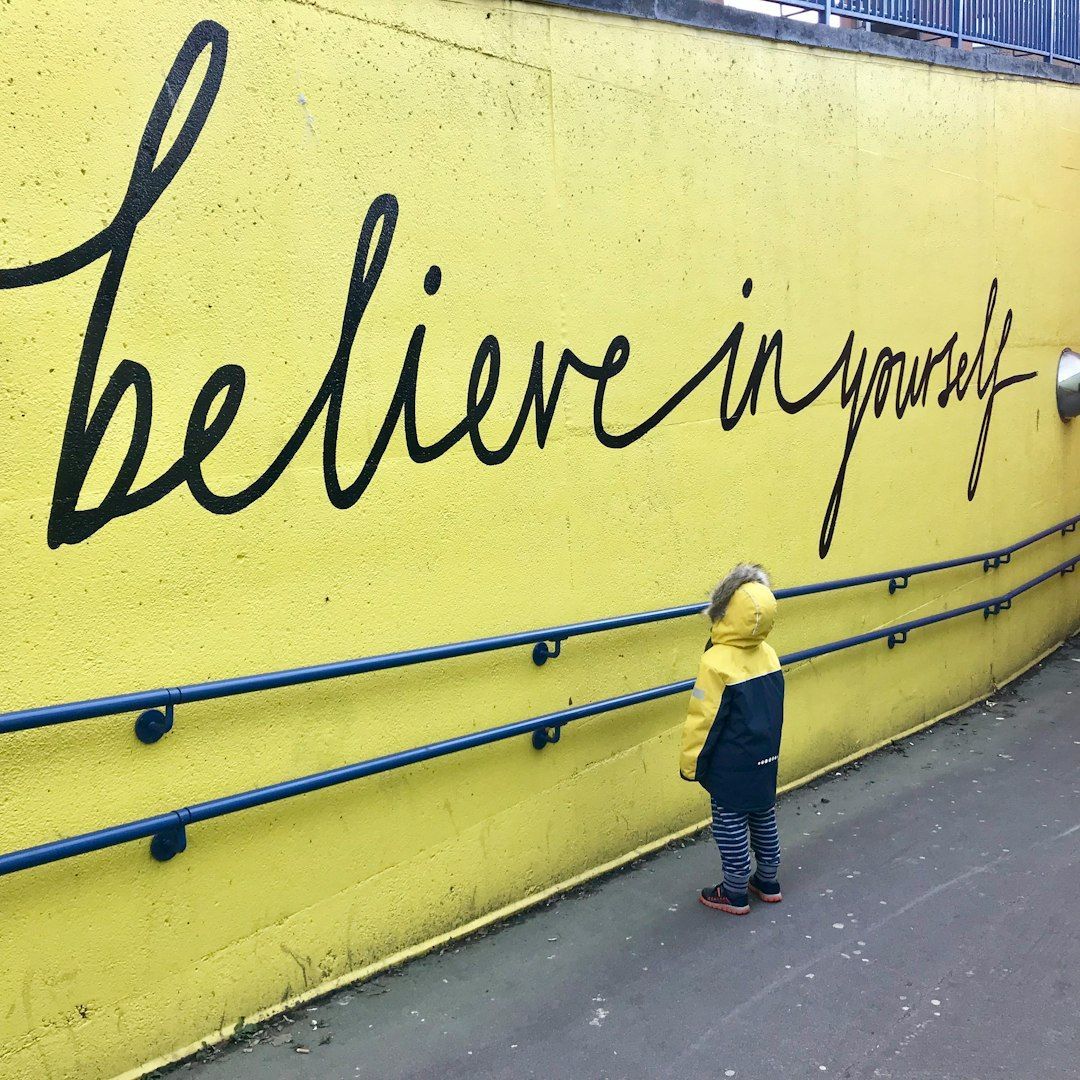In the video that explores the height of his rock stardom, 19-year-old Jason Becker notices something strange—his left leg keeps dragging during guitar practice. One day, after struggling to walk, he locks himself in the bathroom. Panic surges through him as he realizes his hands have lost strength. Doctors later confirm he has ALS, the degenerative disease that will slowly strip away his ability to move. Yet even after that diagnosis, Jason eventually finds his way back to music—just not in the way he expected.
Disabled artists like Becker are reclaiming their creative voices through brain-computer interface (BCI) technology, which translates brain activity into action. These systems allow users to compose music, control instruments, and even generate speech using only their thoughts. For musicians whose movement has been stolen by neurodegenerative diseases, BCIs offer something rare—a second chance at creative freedom.
What once belonged to science fiction is now real. Musicians no longer need to tap piano keys to play Debussy’s Clair de Lune or strum a guitar to prepare for band practice. BCIs, working through software frameworks, convert neural signals into sound. One such framework is JUCE, a staple among songwriters and audio engineers. With its suite of plug-ins, JUCE acts as the bridge between brain signals and musical output, translating thought into rhythm and melody.
Imagine a young musician with Huntington’s disease wearing a BCI headset, thinking of a single low note on a bass guitar. The headset captures that signal, JUCE processes it, and suddenly, sound fills the room—a composition born entirely of thought. JUCE becomes the invisible string between mind and music, transforming silent intention into an audible masterpiece. Through this, technology doesn’t just restore ability—it restores artistry.
If this technology had existed in the 1960s, perhaps folk legend Woody Guthrie might have continued creating during his battle with Huntington’s disease. In an imagined timeline, Guthrie sits in his hospital bed with a small headset resting like a crown on his head, his thoughts firing melodies into existence. Even as his body weakens, his mind composes freely—music as rebellion, as survival.
Though Guthrie never had that chance, his son, Arlo Guthrie, now lives in a world where his father’s legacy inspires others through music. While there’s still no cure for Huntington’s, BCIs give musicians a way to reclaim what illness has taken: identity, creativity, and connection. Perhaps with tools like these, making music doesn’t have to end when the body does.
That pursuit of musical possibility is what draws me to the places where sound itself first evolved.

I think back to Abbey Road Studios, a sacred space for music lovers like me. In 2022, I stood before its gates in Westminster, London, etching my name into the wall among thousands of Beatles fans’ worn signatures. Watching cars pass across the iconic zebra crossing, I felt a pulse of history—the same fascination with sound and innovation that drives this new frontier.
That same year, Abbey Road Studios’ Red Talk series published an article on the rise of BCI research. It described the first NeuroPort system, developed by Cyberkinetics in 2001, which was later absorbed by Brown University’s Carney Institute for Brain Science and reborn as BrainGate—a consortium now involving entities such as Harvard University, Massachusetts General, and Stanford University.
At BrainGate, Dr. Daniel Rubin, a Harvard neuroscientist, works with patients living with paralysis, ALS, and muscular dystrophy. “Each participant comes with a different set of goals and priorities,” he explained as I interviewed him. Using algorithms to decode brain signals up to 60 wpm (words per minute), BrainGate restores communication for people who can no longer speak or move. Some patients even use spinal cord or functional electrical stimulation to regain partial control of their limbs.
“They don’t regain full movement,” Dr. Rubin admitted, “but they regain communication. Participants get a lot of meaning out of the program and are giving back, so their experiences can help others.”
And maybe that’s what music—and life—has always been about: finding connection, no matter the limits of the human body.










